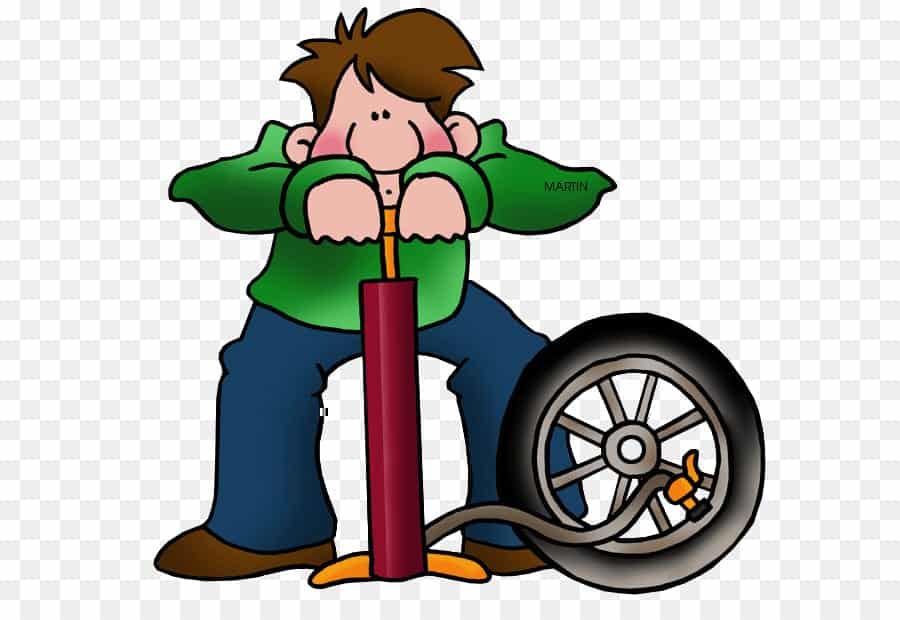Boyle’s law is an Ideal Gas Law that establishes a relation between pressure and volume at a constant temperature. In other words, at a constant temperature, the pressure of a gas is inversely proportional to its volume and vice-versa. This phenomenon was proposed by Anglo-Irish chemist Robert Boyle in 1662.
Boyle’s Law (constant temperature) is one of the three special cases of Ideal Gas Laws; the other two are Charle’s Law (constant pressure) and Gay-Lussac’s Law (constant volume).
Real Life Examples of Boyle’s Law
- Spray Paint
- The mechanics of human breathing
- Working of syringe
- Storage of gas
- Bicycle pump
- Scuba diving or deep water diving
Spray Paint

In today’s world, we all are well aware of the fact that what Spray Paint or Aerosol Spray Paint is. And why they are used. But, what we don’t know is how spray paint works. Any guesses!!! Of course, whatever you are thinking it’s correct.
The answers to the question that how spray paint works lie in the vicinity of Boyle’s Law. Not to mention, the working principle behind the spray paint is quite simple. Aerosol Paint normally needs two things to operate i.e Paint Material and Highly Compressed Gas.
Take a look at the Top 6 examples of Charle’s Law
As Boyle’s Law states that with a decrease in the pressure of a gas, the volume of the gas increases. So, when the nozzle of spray paint is pressed, with a sudden decrease in the pressure of a gas, the volume of pressurized gas increases.
Therefore, highly compressed gas expands drastically. As a result, gas and as well as paint material are forced to get out of the nozzle sprayer.
Not to mention, there are a variety of applications or uses of spray paint like in automobile industries, or coating some household materials, etc. Spray paint or aerosol paint are most commonly used in making Graffiti.
The Mechanics of Human Breathing

I hope you are well aware of the fact that what is the mechanics of human breathing !!!! The mechanics of human breathing strictly follow Boyle’s law. According to Boyle’s law definition, “pressure is inversely proportional to volume”.
As we all know the mechanics of breathing or Respiration involve two different processes i.e exhaling and Inhaling. So, when we inhale, the volume of the lungs increases which in turn decreases the pressure inside the lungs compared to the outer atmosphere. As a result, air rushes inside the lungs.
Recommended, Boyle’s Law Formula And Its Examples (All New)
On the other hand, when we exhale, the volume of the lungs decreases which in turn increases the pressure inside the lungs compared to the outer atmosphere. As a result, air rushes outside of the lungs. Well, if you don’t believe me, check yourself.
Working of Syringe

Even a child is aware of the fact of what is a syringe. Not to mention, we all know the obvious reason behind that. A syringe is a medical device that is normally used to withdraw or inject fluid from a patient’s body. I mean we all have at least once in our life gone through the mechanism of the syringe while visiting a doctor.
Generally, there are three main parts of the syringe i.e a tip, a cylindrical-shaped barrel, and a plunger. For easy understanding, we can relate the working of a syringe to the working of a reciprocating pump.
In that case, you can say that a plunger of a syringe is equivalent to the piston of a reciprocating pump. A typical syringe works in two ways i.e push and pull.
Check out the latest Top 6 Real-Life Gay Lussac Law Examples
In other words, when we push the plunger (piston) of a syringe, the volume of liquid inside the barrel reduces resulting in an instant increase in the pressure of the liquid. Hence, the liquid or fluid is injected into the patient’s body.
In the same manner, when we pull the plunger, the volume inside the barrel increases with a drastic decrease in pressure. And as a result, the external fluid (normally blood sample) is withdrawn from the patient’s body.
Editor’s Choice: Dalton’s Law – The Law of Partial Pressure
Storage of Gas

Nowadays almost every industry is somehow using Boyle’s Law for the storage of gases. In order to store gas in a small container, gases are highly pressurized, resulting in the reduction of the volume of the gas.
Take a look at the Top 6 Exclusive Real-Life Examples of Sublimation
For example, the deodorants we use or the most common one is the LPG(Liquefied Petroleum Gas) gas container we use for cooking purposes.
Bicycle Pump

Ever wondered how a bicycle pump works? Ahhh, don’t stress yourself. I will tell you exactly how…!!! The working principle behind the bicycle pump or Cycle Air Pump is quite similar to that of a syringe.
When we pull the handle of the bicycle pump, according to Boyle’s Law definition; the volume inside of the cycle air pump cylinder increases with a sudden decrease in pressure. Hence, the piston draws air into the pump from the external environment.
Check out, the Top 6 Most Common Examples of Condensation
On the other hand, when we push the handle of a bicycle pump, the volume of the stored air decreases with an instant increase in pressure. As a result, the air extracted from the outer environment is pumped into the bicycle tire.
The process of extracting air and then pumping it back into the tire is done until the tire is completely filled. There are mainly three types of bicycle pumps and that is: Stand Pump, Hand Pump, and, Foot Pump.
Scuba Diving or Deep Water Diving

Every human being has a wish that he/she will at least once do Scuba Diving. But, in order to complete their wish, he/she has to take precautions according to Boyle’s Law.
If they don’t, they could suffer a life-threatening disease known as Decompression Sickness or commonly known as Bends.
As a diver dives into the water, the more he/she gains depth, the more pressure increases with a decrease in the volume resulting in the absorption of nitrogen gas into the diver’s blood.
On the contrary, when the diver begins to ascend to the top, the pressure will reduce with an increase in the volume of nitrogen gas.
The main problem during deep water diving is at what rate the diver is ascending towards the top. I mean, if the diver is ascending slowly, then nitrogen gas molecules will expand slowly back to their normal state without causing any problems.
On the other hand, if the diver is ascending too quickly, due to the quick expansion of nitrogen into the blood vessel, his blood will turn into a foamy mess, resulting in severe pain in joints or simply causing Bends.
In some severe cases, a diver could die due to sudden depressurization. Therefore, I would recommend that if you are planning to do scuba diving in the near coming future, don’t forget about Boyle’s law.
On the other hand, if you have already done scuba diving, please do share your unearthly experience in the comment section.
Some other Real Life Applications of Boyle’s Law
Apart from the above-mentioned ones, I am also mentioning a few of them here.
- Soda Bottle
- Space Suits
- Inflating Tyres
- Air Bubbles
- Deep Sea Fish, etc.
That’s it for this post. If you like this article, share it if you like it, like it if you share it. You can also find us on Mix, Twitter, Pinterest, and Facebook.
You might also like:
- Top 6 Verified Examples of Evaporation in Daily Life
- Sublimation Definition, Process, Facts & Examples

This app is so good. I got want I wanted. Thank you
Welcome. Keep visiting us!!